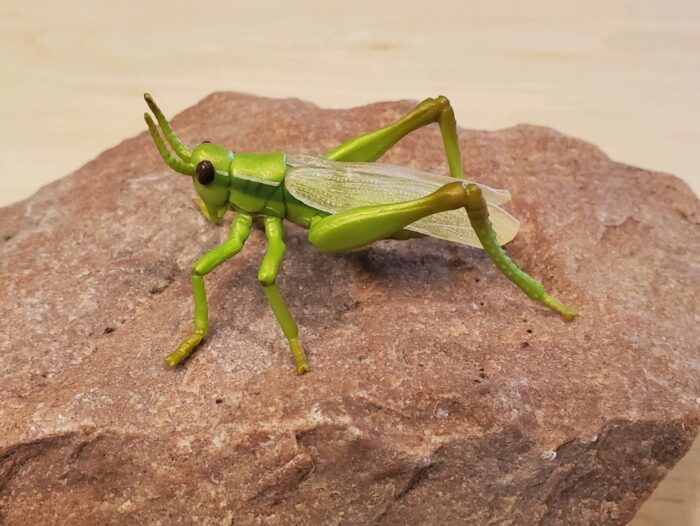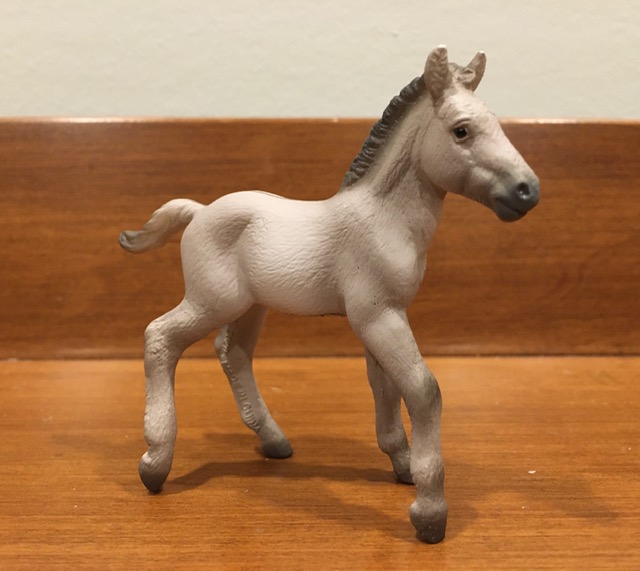Today I am continuing my review of the 2020 Papo invertebrates with their grasshopper figure. First, we should discuss the possible identity of the species. Given the shape (especially head shape), color, and that France-based Papo likes to focus on its local fauna, I am identifying the figure as the common green grasshopper, Omocestus viridulus.
Mountain Gorilla, baby (Wildlife by CollectA)

Review and images by Suspsy; edited by bmathison1972
Like human babies, gorilla babies are born helpless and entirely dependent on their parents for care and protection. They do, however, develop much faster than human babies and will begin spending time on their own at less than two years of age. Their juvenile stage lasts from age three to six, after which they sleep apart from their mothers.
American Alligator, 2013 (Wildlife by CollectA)
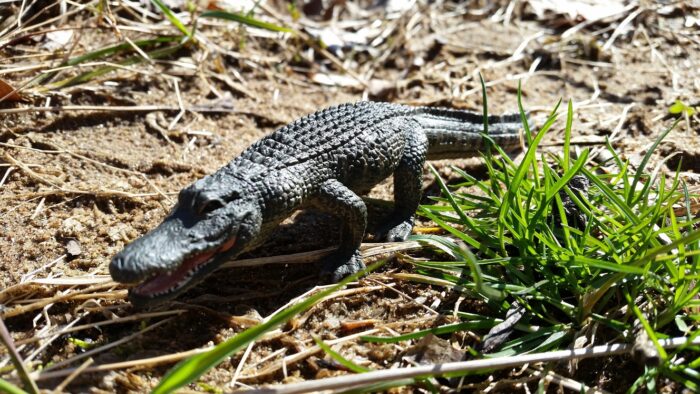
One of the things that distinguishes an alligator from a crocodile is that an alligator is usually dark gray, green, or black in color, sometimes with bright yellow bands on juveniles and more faded ones on some adults. Crocodiles are lighter in color, often very light greens and browns with mottling.
Anglerfish (AAA)
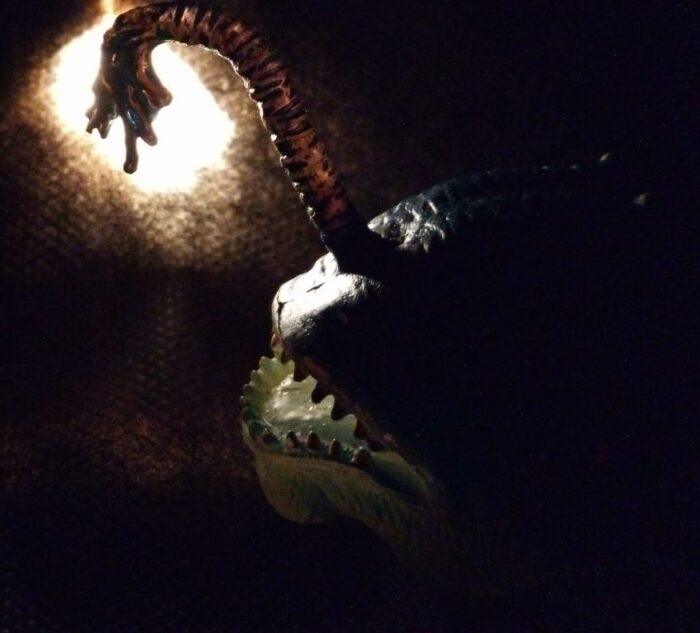
The oceans of the world are some of the most mysterious habitats on the planet. While animals like whales, turtles and rays live in the light, the deeper you go, the darker it gets, and the sun dare not shine on the creatures that hide in the permanent night. It is an area of the world that is still being uncovered to this day, and the life forms that have evolved there are truly bizarre.
Whale Shark (Marine Life by Papo)
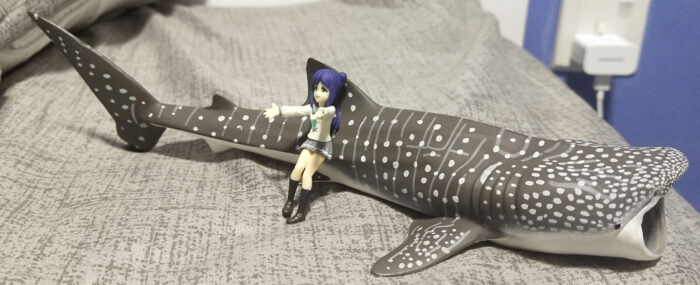
Review and images by JimoAi; edited by bmathison1972
The carpet sharks (Orectolobiformes) includes some of the more interesting shark species in all shapes and sizes: cute bamboos, blinds, collared carpets, zebra sharks, the so called ‘walking shark’ (epualette shark), the sluggish nurse shark, the unpredictable and aggressive wobbegong, and the enormous whale shark (Rhincodon typus).
Spring Peeper (Wild Republic FrogWatch USA, by K&M Internationl)
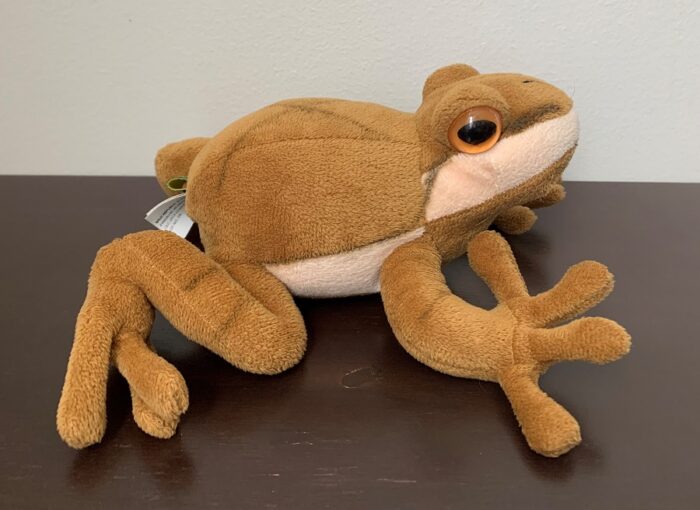
With spring fast approaching throughout the northern hemisphere I thought it would be fun to review one of the season’s most famous harbingers, the spring peeper (Pseudacris crucifer). Of course, the species is only famous if you happen to live within its range, which happens to be the eastern portion of North America, from eastern and central Canada, south to eastern Texas and every state east of the Mississippi.
Killer Whale, adult and calf (ANIA by Takara Tomy A.R.T.S.)
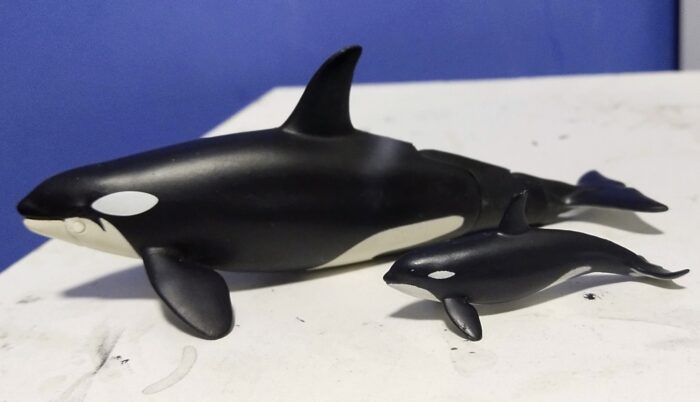
Review and images by JimoAi; edited by bmathison1972
Contrary to their common name, killer whales (Orcinus orca), also known as orcas, are a species of oceanic dolphin, although they can be considered whales as all dolphins are considered whales but not all whales are dolphins. They are the largest of all dolphins, reaching lengths of 500 cm to 960 cm with males getting to greater lengths than females and also sporting larger pectoral and dorsal fins, with some getting higher than 180 cm (that’s taller than I am!).
American Alligator, small (Flopsies by Aurora World)

Alligators have held a unique appeal for me for many years since I was quite small. I remember watching an old VHS on reptiles in 2003 that prominently featured alligators. It was called “Crocodile Rocks: Itty Bitty Kiddy Wildlife.” The program played classic rock in the background, but was quite informative about alligators.
Butterflies (Junior Groovies by Innovative Kids)
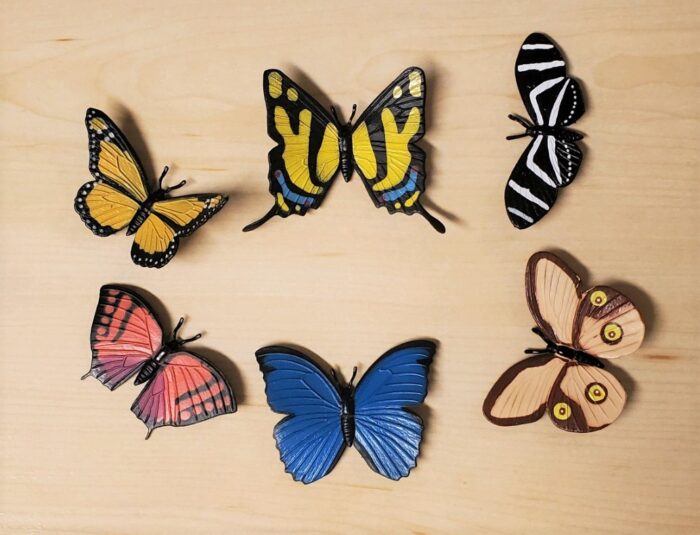
Today I will be reviewing a collection of butterflies by Innovative Kids. It is from their Junior Groovies collection, which is a lot like the familiar Groovy Tube Books collection, but for a younger audience (ages 3-6, or, in this case, 48-year-olds who collect toy insects). First of all, I should thank STS forum member Saarlooswolfhound for alerting me to this on Amazon.
Konik Foal, Blue Dun (Horse Country by CollectA)
Bowmouth Guitarfish (Sea Life by Schleich)
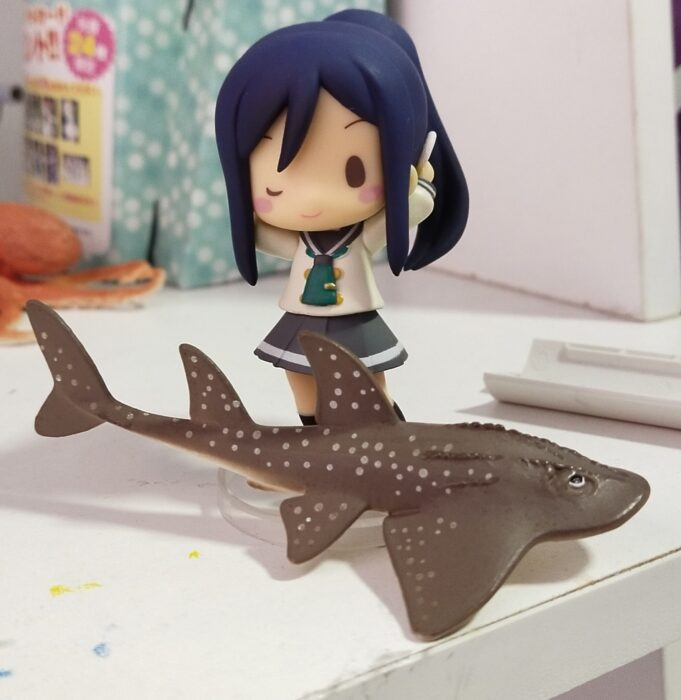
Review and images by JimoAi; edited by bmathison1972
“A shark!” a couple exclaimed as a bowmouth guitarfish (Rhina ancylostoma) swims past the aquarium viewing panel. It swished its shark like tail from side to side but has a flattened head of a ray, making it look like a hybrid of a shark and a ray.
Komodo Dragon, 2019 (Wild Life by Schleich)
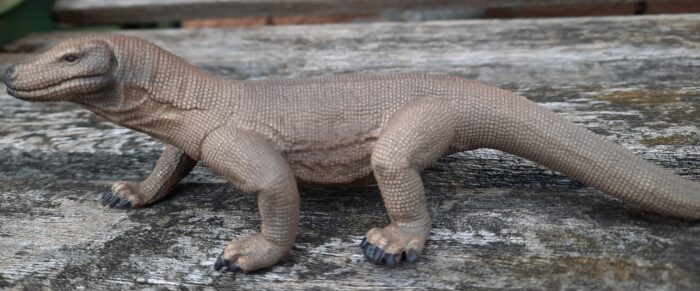
Giant animals exist throughout the world. This can be seen in insular gigantism, and the isle of Komodo has the mighty dragon, the Komodo dragon (Varanus komodoensis). This ten foot lizard is the top predator in it’s environment, using it’s size, strength, speed and venom to outmatch any species in the area, no matter where they are.

